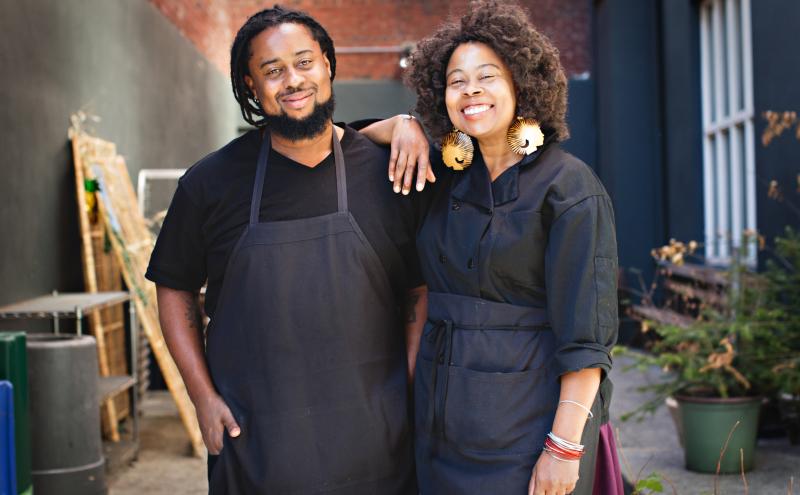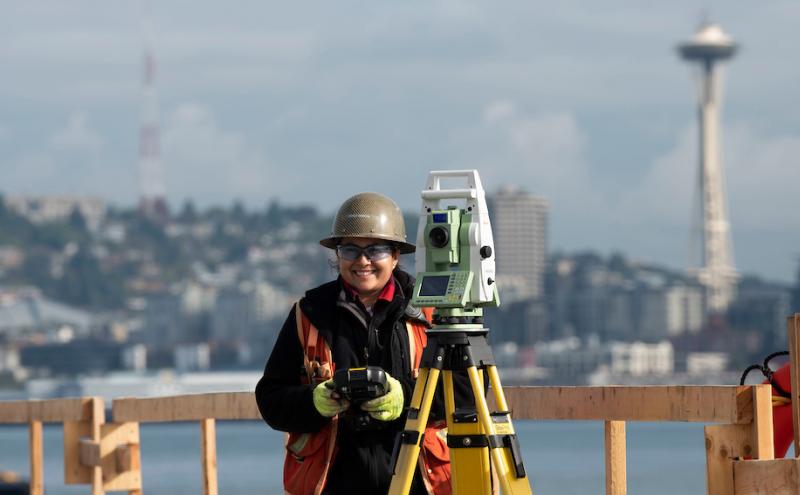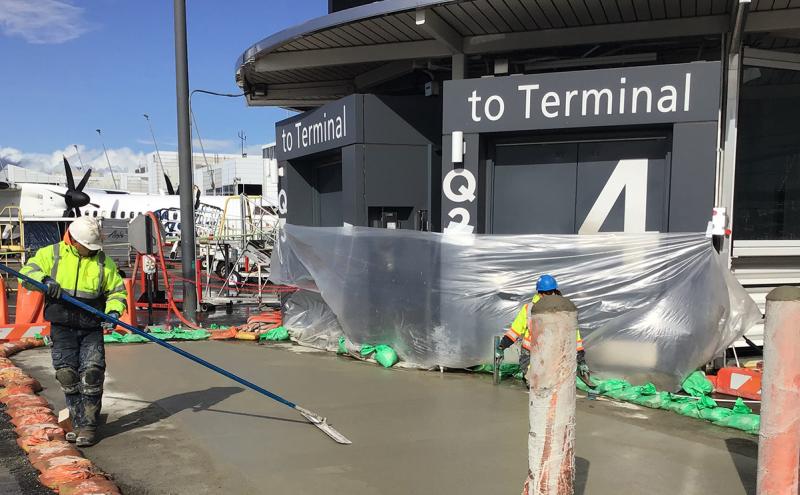
The COVID-19 pandemic has been devastating to small businesses everywhere. Providing clear direction, and access to loans and funding options is crucial in keeping businesses afloat and helping regenerate local economies as we work toward an equitable recovery.
The Port of Seattle’s Diversity in Contracting Department, which works to level the playing field for socially and economically disadvantaged businesses through its policies and programs, held a PortGen webinar in February 2021 in conjunction with the U.S. Small Business Administration, “Informational Pandemic Relief”, to demystify the application process and requirements on the path to small business relief.
- Watch the recorded webinar on YouTube
Keep reading for five steps to connect to relief to keep your business up and running now and into the recovery.
1. Decide which loan(s) you will apply for
The federal government offers a variety of funding options to keep your business afloat as we move toward recovery.
The Paycheck Protection Program (PPP) is a forgivable loan that helps businesses keep their workforce employed during COVID-19.
PPP loans can be used to help fund payroll costs, pay for mortgage interest, rent, utilities, worker protection costs related to COVID-19, uninsured property damage costs caused by looting or vandalism during 2020, and certain supplier costs and expenses for operation.
At the end of 2020, the federal government replenished funding for the PPP loans and made changes to the program, including a simplified application for loans under $150,000.
Note: the PPP small business loan program has now been extended until May 31, 2021
There are two kinds of 2021 PPP loans you might qualify for:
First Draw PPP loans:
Apply for a First Draw PPP loan if you have fewer than 500 employees and never received a PPP loan before.
- Priority will go to first-time borrowers with a business in operation on or before February 15, 2020
- The maximum loan amount you can receive is 2.5 times average payroll in 2019 or 2020 with a $10 million maximum
Second Draw PPP loans:
If you have no more than 300 employees and you already received a PPP loan, you might be eligible for a Second Draw PPP loan.
- To qualify, all of your PPP funds from your original loan must have been used by December 31, 2020 and you must be able to document a 25 percent reduction in operation on or before February 5, 2020
- The maximum loan amount you can receive is 2.5 times average payroll in 2019 or 2020 with a $2 million maximum
- Are you in the hospitality and food services sector? If so, you are eligible for 3.5 times the average monthly 2019 or 2020 payroll costs with a $2 million maximum
The good news is you can qualify for PPP loan forgiveness if you meet the terms of the loan during the 8- to 24-week period following loan disbursement. Learn how
2. Explore other debt relief options
Looking for more opportunities? Here are a couple other small business relief options that you might automatically qualify for, no application necessary.
Small Business Administration Debt Relief:
The SBA offers debt relief to existing SBA loan borrowers whose businesses have been impacted by COVID-19. Learn more
Targeted COVID-19 Economic Injury Disaster Loan (EIDL) Advance:
This funding provides businesses in low-income communities with additional funds to ensure small business continuity, adaptation, and resiliency.
- Advance funds of up to $10,000 will be available to applicants in low-income communities who previously received an EIDL Advance for less than $10,000, or those who applied but received no funds due to lack of available program funding.
- Learn more about EIDL Loans
- See other funding options
3. Gather necessary documents and paperwork
Once you decide what you to apply for, review loan requirements to see what paperwork and forms to assemble for your application.
Documents will include:
- 2019 and 2020 tax forms
- 2019 and 2020 Profit & Loss Statements to compare
- The loan number for the first round of PPP (if you’ve already applied)
- Application documentation such as payroll records, related tax forms, bank statements, unemployment, health insurance, retirement plan information, and canceled checks
4. Get matched with a lender
For all First Draw and Second Draw PPP loans, you must work with an SBA-approved PPP lender. Your lender will work with you to submit your PPP loan application to the SBA.
Use SBA’s Lender Match tool to connect to a local lender offering SBA-backed funding to assist with your PPP loan application or search on your own for eligible paycheck protection program lenders.
Make sure your lender is the best fit for you. Ask questions to learn about interest rates, minimum credit score, cash flow requirements, and other qualifying factors and loan terms.
5. Reach out to an expert for questions and assistance
Navigating the ins and outs of government loans can be challenging for anyone. To alleviate any confusion and answer specific questions you might have, reach out to experts or take advantage of free counseling offered by the SBA.
Local small business relief experts:
- Phon Sivongxay, Certified Business Advisor, Highline College [email protected]
- Rich Shockley, Center Director, Certified Business Advisor, Highline College [email protected]
- Jenefeness Tucker, MBA, Certified Business Advisor, Certified Technology Consultant, Tukwila Office, [email protected]
Resources
Check these reliable resources for more details on pandemic relief options, details, and requirements:








